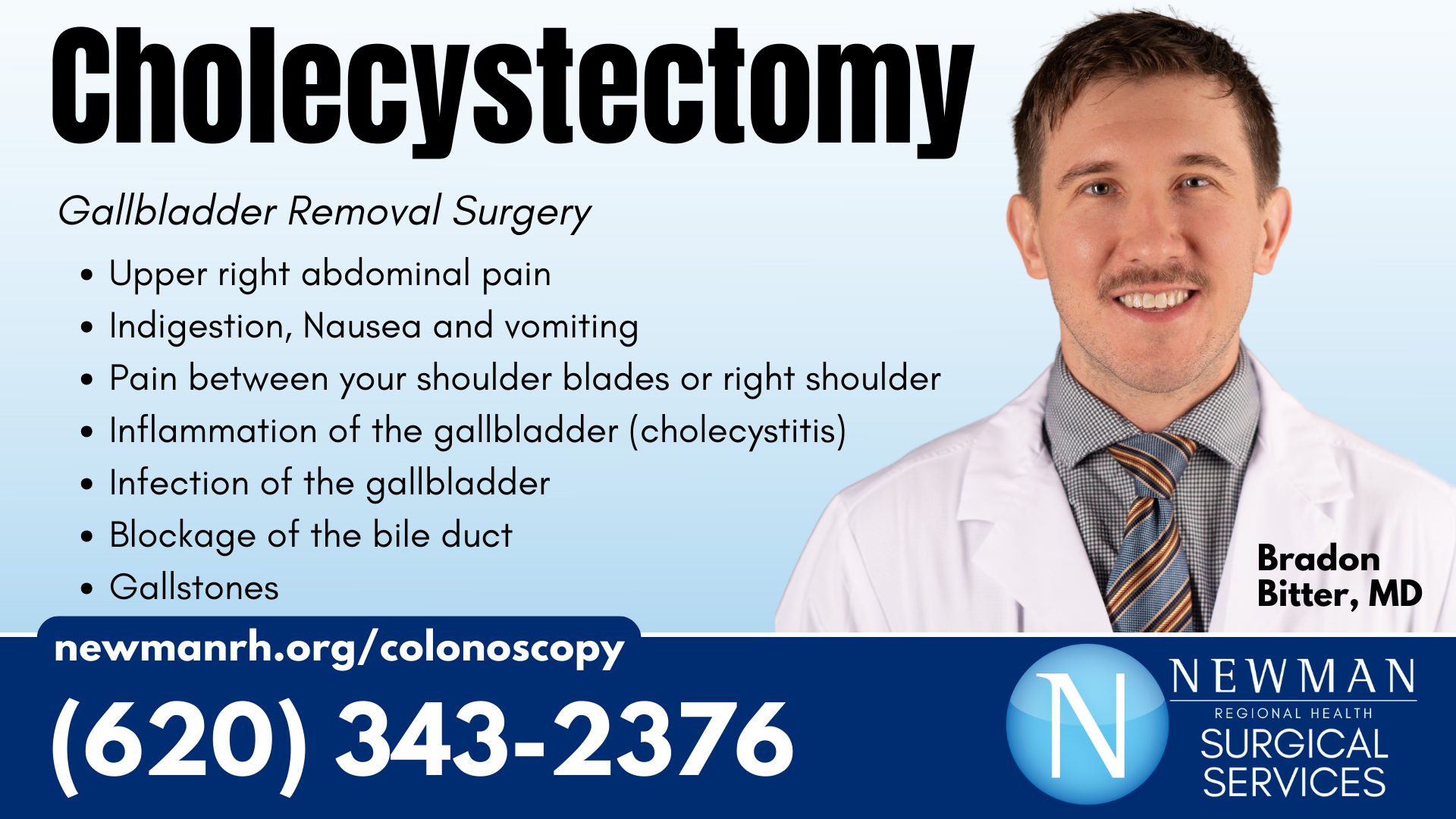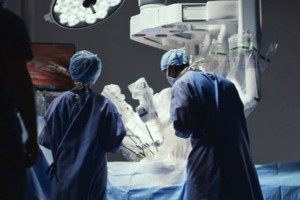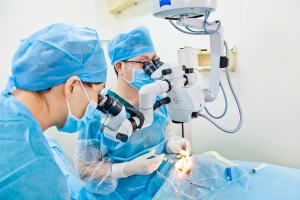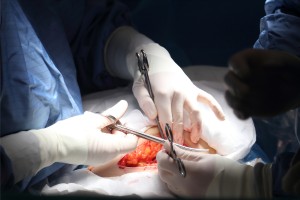Surgical Services: Cholecystectomy – Gallbladder Removal Surgery

A cholecystectomy is a surgical procedure to remove the gallbladder, a small pear-shaped organ located just below your liver on your upper right abdomen. The gallbladder stores bile, a digestive fluid produced by the liver that helps break down fats in your small intestine.
Symptoms that may lead your doctor or surgeon to recommend a cholecystectomy
The most common reason for a cholecystectomy is the presence of gallstones. Gallstones are hardened deposits of cholesterol, bile pigment, or calcium salts that form in the gallbladder. They can cause a variety of symptoms, including:
- Upper right abdominal pain
- Indigestion
- Nausea and vomiting
- Pain between your shoulder blades or right shoulder
This short video will help you explore the benefits of robot-assisted surgery using the da Vinci System and give you a vision of what surgical visit would look like.
Our entire team strives to provide the best care possible while maintaining our hometown atmosphere.
Why is a Cholecystectomy Performed?
Reasons for a Cholecystectomy
Gallstones are the most common reason for a cholecystectomy. These hardened deposits can cause intense pain, inflammation, and even infection. Other reasons for gallbladder removal surgery include:
- Acute cholecystitis: Inflammation of the gallbladder, often caused by gallstones
- Chronic cholecystitis: Long-term inflammation of the gallbladder
- Cholangitis: Inflammation of the bile ducts
- Pancreatitis: Inflammation of the pancreas (may occur with gallstones)
- Polyps in the gallbladder (rare)
Benefits of Cholecystectomy
Removing the gallbladder can relieve the pain and other symptoms associated with gallstones and other gallbladder conditions. It is a safe and effective procedure with a high success rate. After recovery, most people can live normal, healthy lives without a gallbladder. The liver continues to produce bile, and it simply flows directly into the small intestine instead of being stored in the gallbladder.
How is a Cholecystectomy Performed?
There are options offered by the surgeons in Emporia. We feel that it is important to have a discussion with your surgeon prior to your procedure so that you can make a well informed decision as to your care.

da Vinci Robot-assisted Cholecystectomy at Newman Regional Health.
Robotic-assisted cholecystectomy is a type of minimally invasive surgery that uses a robotic system to assist the surgeon. The surgeon sits at a console and manipulates the surgical instruments using robotic arms. Robotic surgery offers some potential advantages over traditional laparoscopic surgery, such as improved dexterity and visualization.

Laparoscopic Cholecystectomy at Newman Regional Health.
This is the most common type of cholecystectomy. It is a minimally invasive procedure that uses several small incisions in your abdomen. A laparoscope, a thin tube with a camera attached, is inserted through one incision to allow the surgeon to see inside your abdomen on a monitor. Surgical instruments are inserted through the other incisions to remove the gallbladder. Laparoscopic surgery is generally associated with a shorter hospital stay, faster recovery, and less pain than open surgery.

Open Cholecystectomy at Newman Regional Health.
This type of surgery involves a single larger incision in your upper right abdomen. The surgeon directly views and removes the gallbladder. Open cholecystectomy is typically only performed if laparoscopic surgery is not possible due to scar tissue from previous abdominal surgeries or other factors.
Newman Regional Health Medical Partners Surgical Specialist
Our team of surgeons and staff that perform cholecystectomy procedures are well trained professionals that are solely focused on your well being. We perform procedures on all patients no matter who the patient’s primary care provider is.
If your primary care provider recommends you have your gallbladder removed, you can set an appointment with one of our surgeons right here in Emporia.




